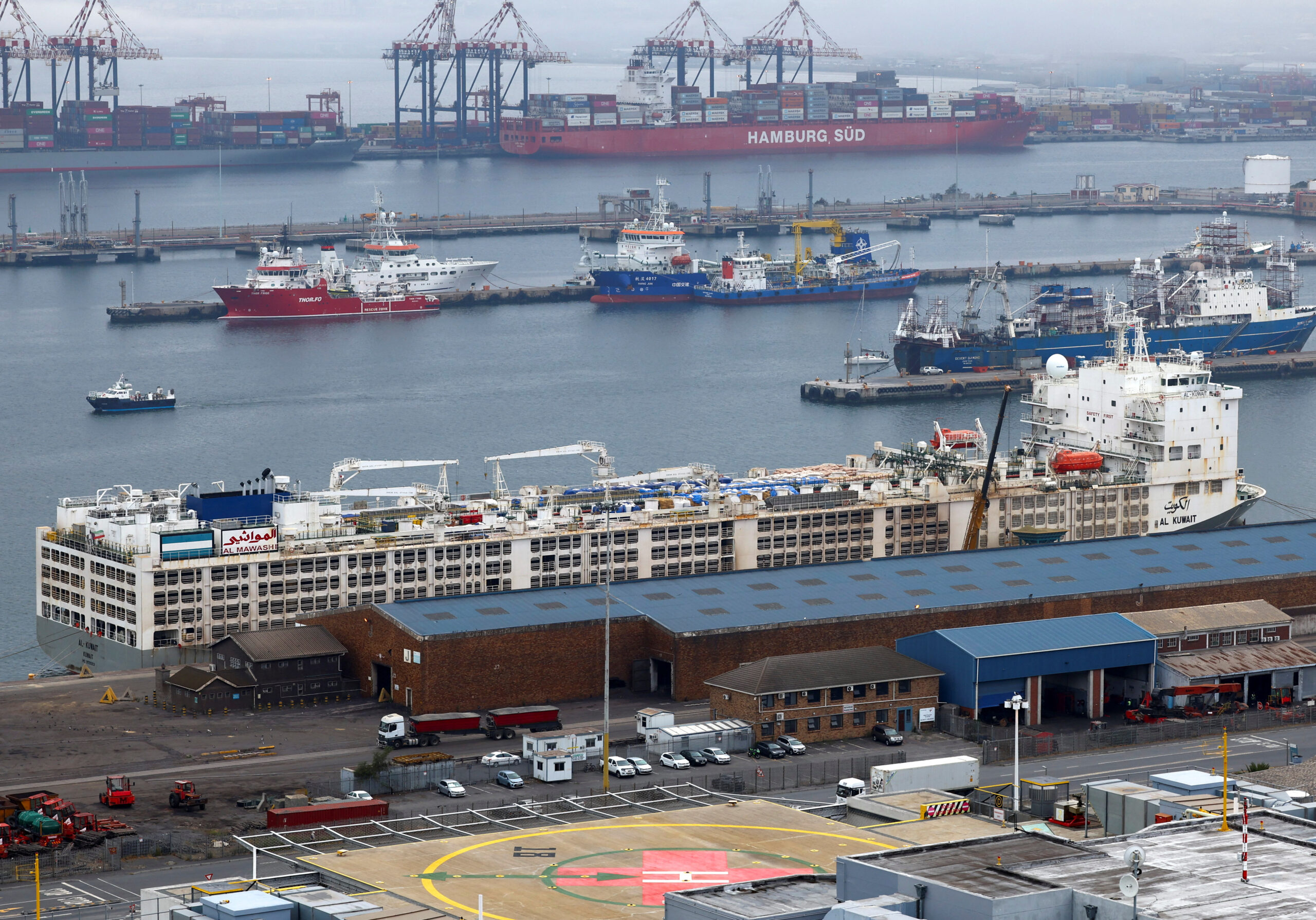With the holiday season over, the volume of inbound cargo at the nation’s major container ports is projected to gradually slow down in the first quarter of 2024, according to the latest report from the National Retail Federation (NRF) and Hackett Associates. Meanwhile, the report suggests that cargo disruptions caused by recent Red Sea attacks could primarily impact East Coast ports.
“This is the traditional slowdown when the supply chain gets a break after the busy holiday season, but there’s always a new challenge on the horizon,” said NRF Vice President for Supply Chain and Customs Policy Jonathan Gold. “Attacks on cargo ships in the Red Sea have been in the headlines and the disruptions caused by those attacks have once again created volatility in retail supply chains. Retailers are working with their carrier partners on mitigation strategies to limit the impact, but we are seeing longer transit times and increased costs as a result,” said Gold.
Founder of Hackett Associates, Ben Hackett, highlighted the potential impact on East Coast ports, stating that carriers’ decisions to avoid the attacks by rerouting from the Red Sea and taking longer routes are adding significant delays to shipments.
“We may see an increase of Asian cargo arriving at West Coast ports and then shipped east via intermodal rail, but doing so is costly and does not save that much time. As might be expected, carriers are passing on the additional voyage costs and then some,” said Hackett.
The NRF’s Global Port Tracker, which provides historical data and forecasts for the major U.S. ports on both the East and West Coasts, reported that ports handled 1.89 million Twenty-Foot Equivalent Units (TEU) in November 2023, marking an 8% decrease from the previous month but a 6.6% increase compared to November 2022. December’s final numbers have not been reported yet, but projections indicate a year-over-year increase of 9% to reach 1.89 million TEU.
Looking ahead, January is forecasted to see a year-over-year increase of 6.1% with an estimated volume of 1.92 million TEU. However, the pace is expected to slow down for the remainder of the quarter. February is projected to have a 13.8% year-over-year increase at 1.76 million TEU, while March is forecasted to have a 4.7% increase compared to the previous year, reaching 1.7 million TEU. April is expected to see a slight year-over-year increase of 0.2% at 1.79 million TEU, while May is projected to decrease by 0.8% to 1.92 million TEU.

 Join The Club
Join The Club










